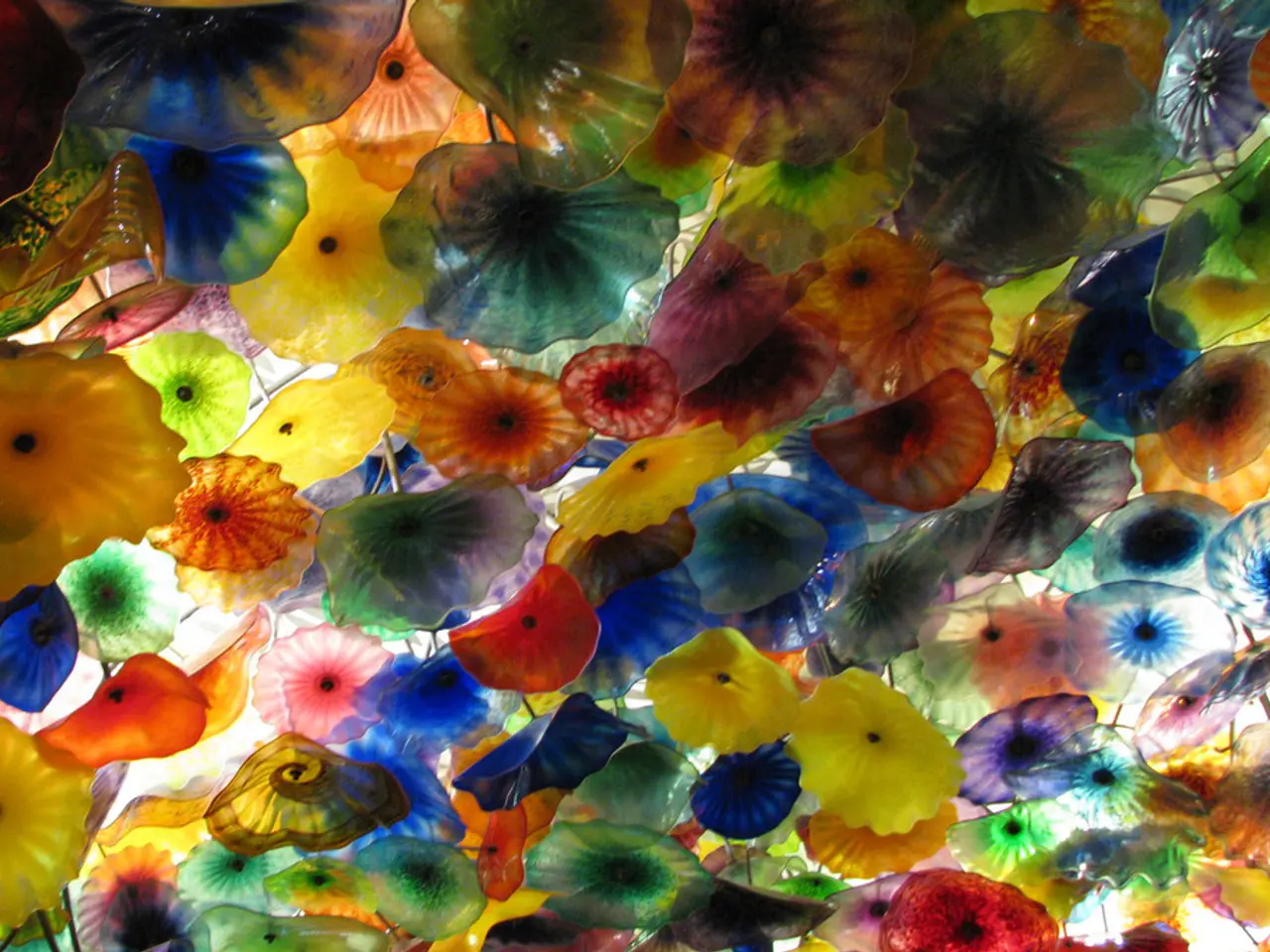Techniques for Enhancing Your Photography through Color Application
In the world of photography, colour plays a pivotal role in capturing the emotions and moods that resonate with viewers. By mastering the use of colour combinations, balance, harmony, light, editing techniques, and experimenting with different photography styles, photographers can elevate their work to new heights.
This art form is deeply intertwined with the psychology of colour, a field that explores how different hues can evoke various emotions and moods. Understanding this psychology can greatly enhance the impact of one's work.
The foundation of this understanding lies in colour theory, a study that delves into how colours interact with each other. In photography, this knowledge can help create visually appealing images by using colour harmonies, contrasts, and combinations to draw the viewer's attention and convey a specific mood or message.
Landscape photography, for instance, benefits greatly from the strategic use of colour. Colours can be employed to convey the mood and atmosphere of a scene, making the viewer feel as if they are immersed in the landscape itself. Using muted or desaturated colours can create a more subdued and nostalgic mood, while vibrant and saturated colours can evoke a sense of energy and vitality.
Street photography also offers unique opportunities for colour experimentation. By using colours to add visual interest and impact to everyday scenes, photographers can transform the mundane into the extraordinary.
Portrait photography, too, can benefit from careful colour selection. Warm colours like red, orange, and yellow can create a sense of warmth and energy, while cool colours like blue and green can evoke a feeling of calmness and tranquility. These choices can help convey the personality or mood of the subject, adding depth and dimension to the image.
The colour temperature of light, measured in Kelvin, can also have a significant impact on the overall look and feel of a photograph. Different light sources have varying colour temperatures that can influence the colours in your images. Understanding and adjusting for these differences can improve the quality of your photographs.
Josef Albers, a German painter and art theorist, was instrumental in the development of these foundations of colour theory in photography. His extensive studies on colour interactions in the 20th century, especially through his 1971 work "Interaction of Color," have greatly influenced the understanding of colour perception essential to photographic theory.
In conclusion, the importance of colour in photography cannot be overstated. It can evoke emotions, create visual interest, and enhance the overall composition of an image. Understanding how to use colour effectively can greatly improve the impact of your photographs, making them more engaging and memorable for viewers.




